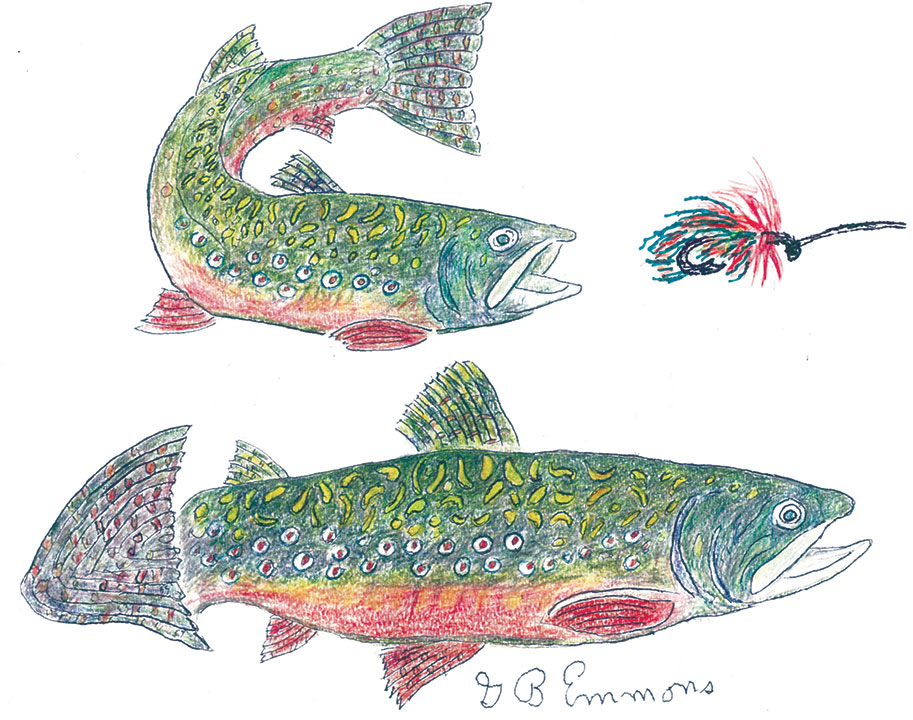My daughter and her husband Mike live just around the corner from our house on Sconticut Neck in Fairhaven but are not frequent visitors anymore since the coronavirus invaded our shores and changed our lives. My daughter taught preschool in Plymouth, now closed for the summer, and Mike is a very active paramedic with an ambulance firm just west of Boston. He reports that his workload has tripled because of the extra clean-up and quarantine procedure required after every patient has been transported. He also has been distanced from every person in his own family life, as well.
Mike and I have been fishing companions for years, and lately he has become interested in learning to fly fish. I have encouraged him to do this because fly fishing and fishing are well known as diversions of therapy to get your mind away from personal, traumatic, pressure situations.
An added incentive is excellent coastal fly fishing around where we live for both fresh and saltwater angling. Freshwater kettle holes as well as Long Pond are well-stocked with brook, brown, rainbow, and tiger trout by nearby Sandwich Fish Hatchery. Saltwater striped bass also provides a challenging, long-range streamer casting from the banks of the Cape Cod Canal.
Coastal rivers of the Acushnet in Fairhaven, the Mattapoisett at Route 6 and the Weweantic in Marion have in recent years taken down their dams to free up passage of anadromous herring and shad that come up from the sea to the ponds of their own origin. However, it also frees freshwater trout to go downstream to get fat and trophy-length feeding on baitfish driven into harbors by stripers and bluefish. My illustration is a brook trout about to take a hand-tied dry fly entitled by the fancy appearance of “Parmachene Belle”.
I used to teach fly fishing at the Berkshire National Fish Hatchery in western Massachusetts when we lived there. My pupils were groups of underprivileged boys and girls from inner-city areas of Boston and New York City. They would camp out overnight at our stocking pond and natural history facility. Each youngster from a tenement building development was instructed how to wave a magic wand of a fly rod. Then they were guided how to cast a hollow line up in the air, to land fly first on the water to hook a trout. If you might think that this fine art of a sporting tradition might be a far-fetched challenge for city dwellers, exactly the opposite turned out to be true. Some remembered it all their growing-up years after writing glowing thank you letters for an enlightening experience.
The Berkshire Hatchery, after I left, went on to improve a so-called fishing derby for local kids ages 8-12 in a contest to catch the largest trout to include Wounded Warrior veterans, some in wheelchairs. Perhaps when the invasive epidemic to our shores is turning into an ebb tide in our lives, it will be time to post a “Gone Fishing” sign instead of quarantine on our doors, and head for coastal waters with a fly rod in hand.
By George B. Emmons
